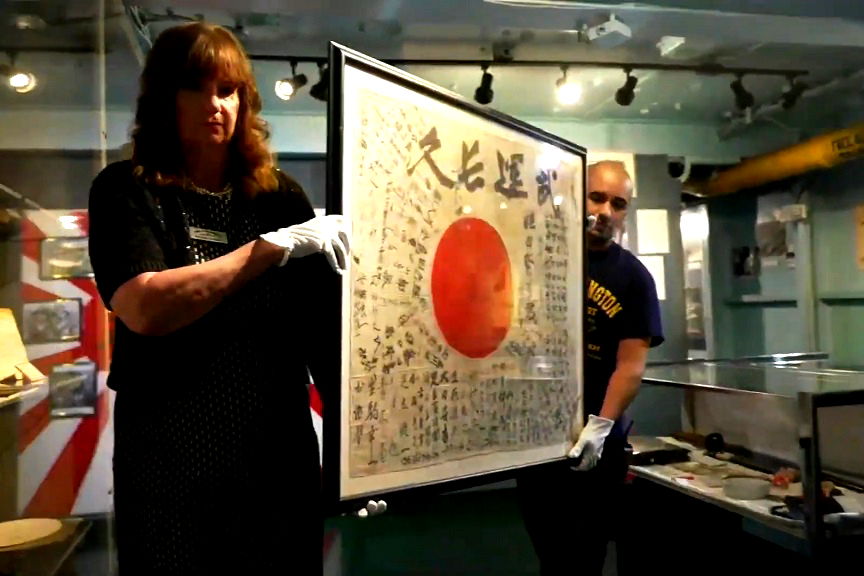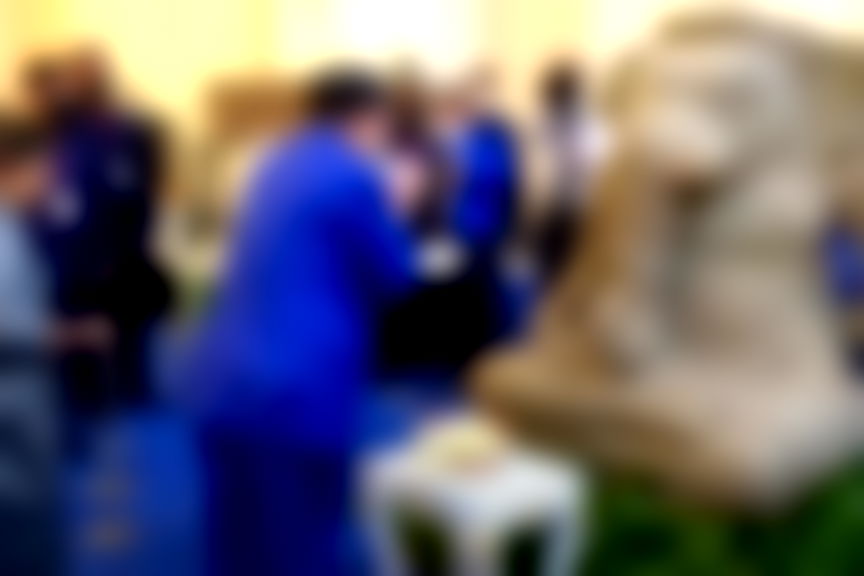Meet Harvard’s first Chinese teacher: Ko K’un-hua



By Bryan Ke
Meet Ko K’un-hua (Ge Kunhua), a Chinese scholar who became Harvard University’s first Chinese instructor during the late 19th century and whose documents became the core of the Harvard-Yenching Library.
The idea of introducing a native Chinese scholar to teach Mandarin at Harvard University in Cambridge, Massachusetts, was formed either in 1877 or 1878 after a group of Harvard alumni from Boston and Salem who conducted trades in China decided their alma mater should also offer Chinese lessons to students, emulating Yale University in New Haven, Connecticut, at the time, according to Harvard Magazine in 2008.
Yale University was credited as the first university in the United States to offer Chinese courses in 1877, due in large part to missionary and sinologist Samuel Wells Williams.
The first step
The group of alumni sought advice from China’s Imperial Maritime Customs Service, which handled the country’s emigrant labor issues, telegraph and postal systems, among other tasks.
Sir Robert Hart, the service’s longtime inspector general, disagreed with the proposition, arguing that “[a] Chinese literary man can undertake no more dreadful drudgery than…teaching Chinese to a foreigner,” adding that those who wanted to join the service have plenty of time to learn Chinese.
Despite that, the group still proceeded with their plan.
Looking for the right candidate
Harvard alumnus Edward Bangs Drew recommended Ko, who hailed from Ningbo, Zhejiang province, for the position. According to Harvard Magazine, Drew briefly studied with Ko, who, despite not knowing how to speak English, had experience working for the British embassy for five years and the American consulate in Shanghai for two years.

Problems surfaced, but it was too late
Drew later revealed in a confidential letter to Harvard President Charles William Eliot that while Ko was “very learned,” he was not a recognized scholar as he never obtained any degrees by examination. Drew also added that Ko had purchased his title from the Chinese government.
In response, Eliot wanted to cancel the agreement. But Ko had already quit his job and rented a house for him and his family, so he would lose face if they followed through.
Making history
Ko made history on Sept. 1, 1879, when he officially became Harvard University’s first native Chinese instructor.
Two days after his arrival, however, an unnamed faculty member raised concerns, noting that the university never considered the number of students who wanted to learn Chinese.
That same year, Ko only had one student: Pope Professor of Latin George Martin Lane, who helped teach Ko English in return.
Unfortunately, before Ko could finish his three-year contract, he contracted and later succumbed to pneumonia in February 1882, just three months before the controversial Chinese Exclusion Act was signed into law.
According to his Boston Daily Advertiser obituary, despite only having four to five pupils during his time at Harvard, the “results obtained have been most satisfactory,” noting that “[O]ne who has studied with him… has acquired the ability to converse easily with Mandarins, and is nearly ready to establish himself in some business in China.”
Harvard reportedly paid for Ko’s family to return to China, while Drew purportedly began raising funds to help educate his surviving sons.
Lasting legacy
Although Ko had been at Harvard for less than three years before his sudden death, his legacy continues to live on within the university.
When he moved from Ningbon to Cambridge, he reportedly brought several Chinese books with him. Those same books were the Harvard-Yenching Library’s first acquisitions in any East Asian language, marking the beginning of a wide collection of East Asian literature, which is now touted as the “largest in any academic library outside Asia.”
As of 2018, the library reportedly had over 1.5 million volumes in its collections, including over 900,000 Chinese, 400,000 Japanese, 200,000 Korean, 30,000 Vietnamese, 4,000 Tibetan, 3,500 Manchu, 500 Mongolian and 55,000 Western languages collections.
Share this Article
Share this Article





